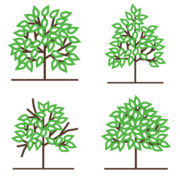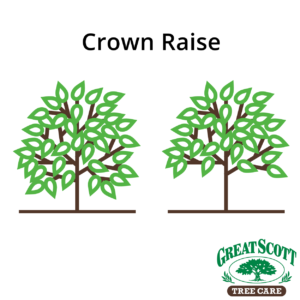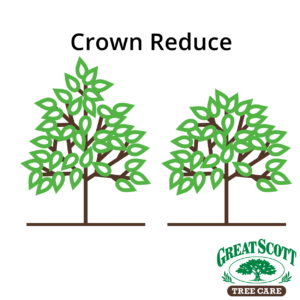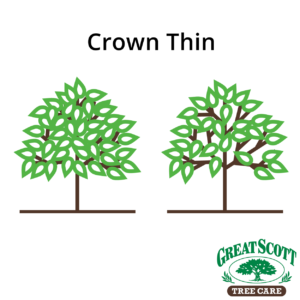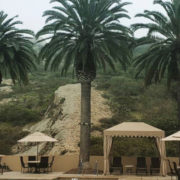Who Trims your Trees?
“Oh, our gardener trims our trees”. This is all to often the response we hear when we ask people who trims their trees within their associations, retail centers, or business parks. Trees are one of the most valuable assets within any landscape. If poorly cared for, trees can end up becoming an extensive burden and overwhelming cost. There are a specific set of standards that are set forth by the American National Standard Institute (ANSI) and the Tree Care Industry Association (TCIA). These standards outline the best practices and techniques for trimming trees to reduce risk, improve or maintain health, develop desired structure and appearance, and prevent interference with the built environment.
“But there is only one way to trim trees, right?”
NO! There are a variety of ways and reason to trim trees. Certain species of trees also naturally need less trimming than others. First and foremost, no more than 25 percent of the crown should be removed within an annual growing season. Only under circumstances where one would need to minimize risk or correct defective structures should the pruning of the crown exceed 25 percent. The most common trimming style are as follows:
- Crown Clean: this consists of selective trimming to remove non-beneficial parts: dead, diseased, and/or broken branches.
- Crown Raise: Selective pruning to provide vertical clearance. Clearance distance should be pre-specified. Live crown ration should not be reduced to less than 50 percent.
- Crown Reduce: Prune to reduce size or maintain desired shape. Selectively reduce or remove branches, leaders or other parts to achieve or maintain a desired form, shape or size, or to encourage regenerative growth from lower parts of the crown specify parts to be reduced or removed and/or types, sizes number and locations of cuts.
- Crown Thin: selective pruning to reduce density of live branches. Thinning should result in an even distribution of branches on individual branches throughout the crown.
While the ANSI standards do outline other types of trimming, these are the four most common. These standards are what any person working in a tree should thoroughly understand and abide by.
“How do I find someone I can trust with my trees than”
The best way to find a trusted tree care vendor is to visit the International Society of Arboriculture’s website. Here you can navigate to Find an Arborist and input your information to locate an arborist closest to you. Certified Arborist and Certified Tree Workers and trained and practice these standards on a consistent basis.

